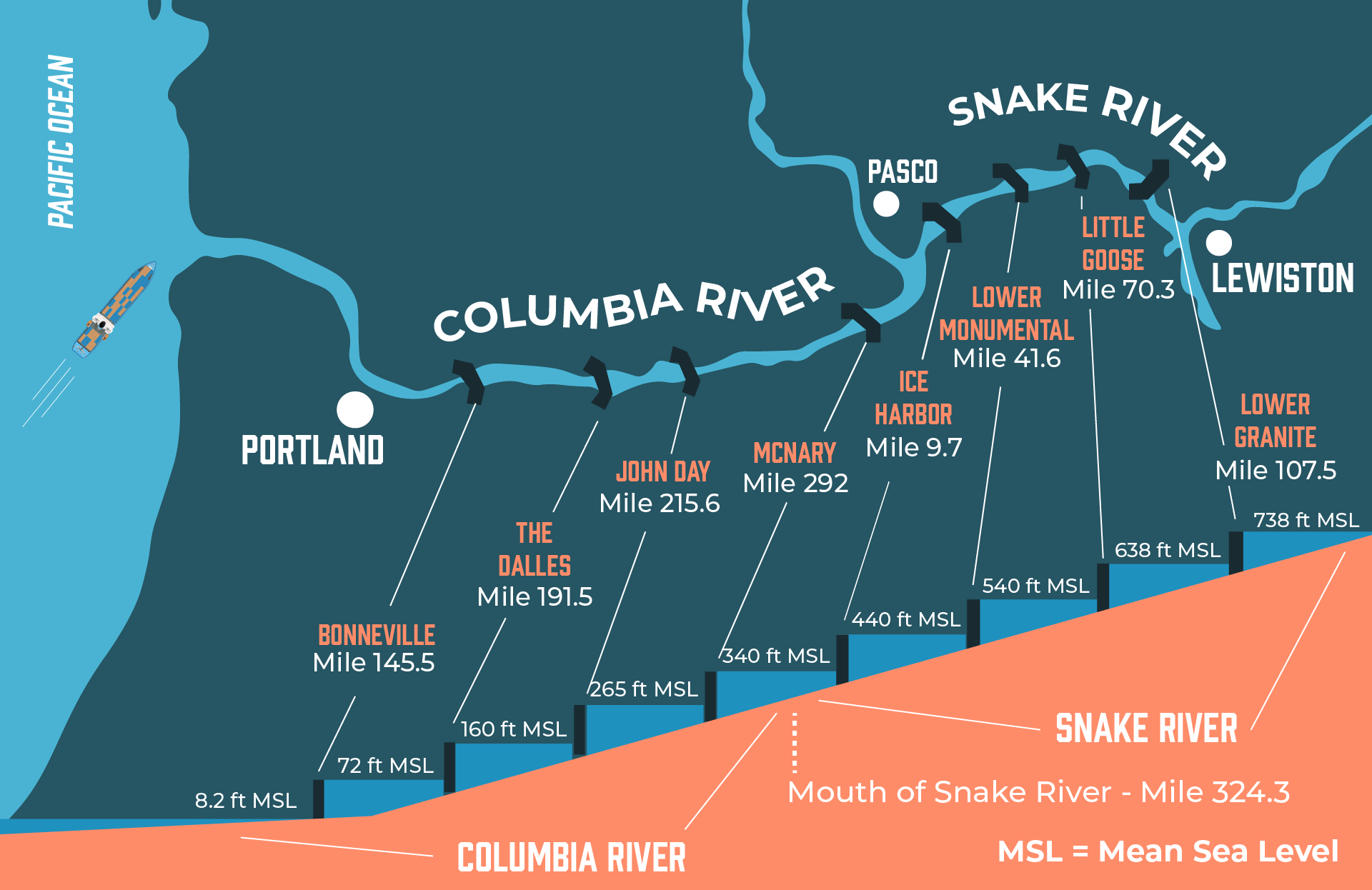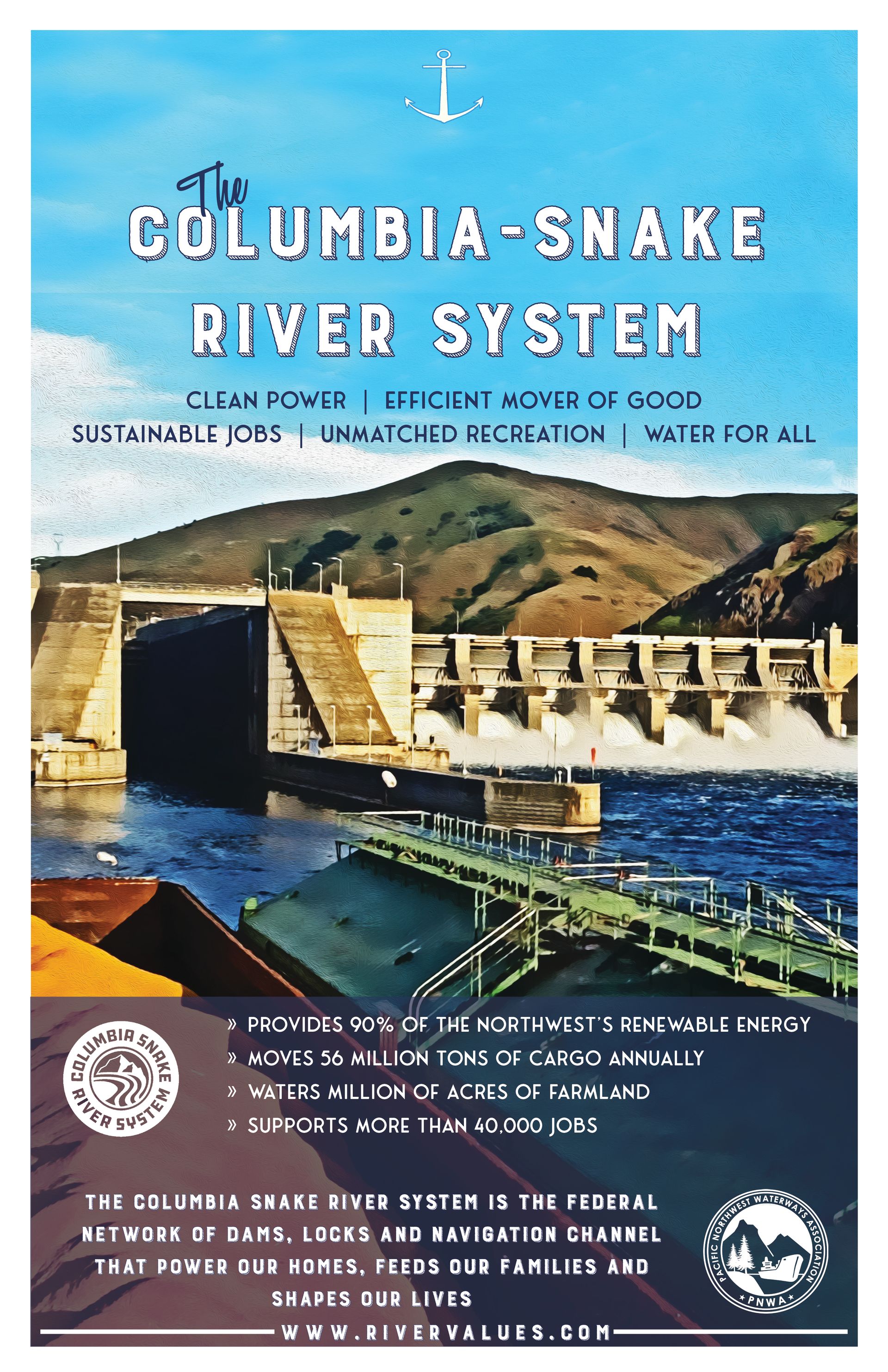news & resources
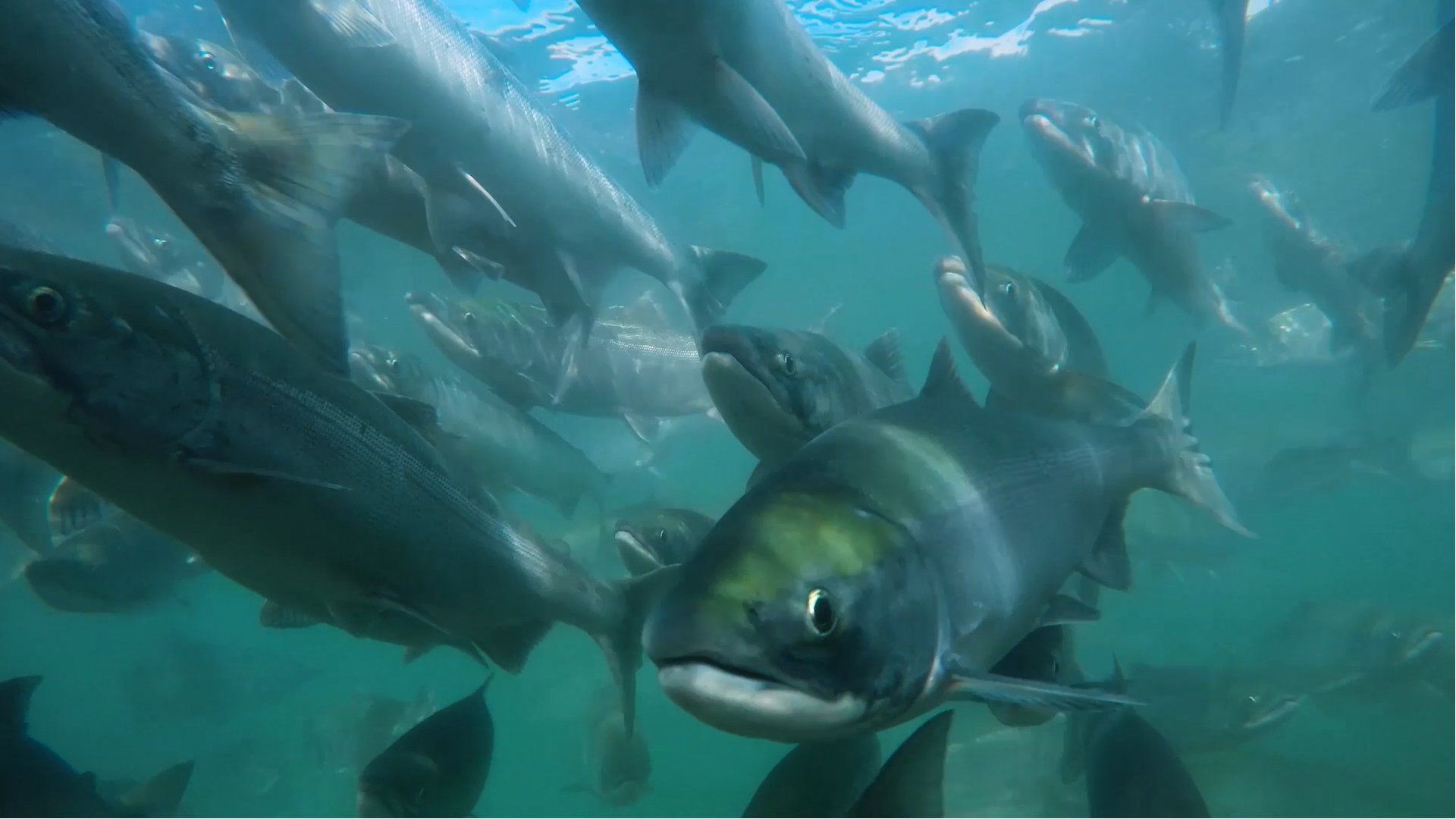
The numbers for 2024 are in, and salmon are having an amazing year as they return from the ocean to spawn in the headwaters of the Columbia and Snake rivers. Not everyone knows that the fish passage programs and facilities on the federally operated locks and dams of the Columbia Snake River System are some of the most effective in the world. Salmon famously travel hundreds of miles upriver to spawn, and that requires them to bypass the dams that power and irrigate our communities, and the locks that efficiently move our goods between local and global markets. Here’s a little report on what our communities do to steward healthy rivers and healthy economies.
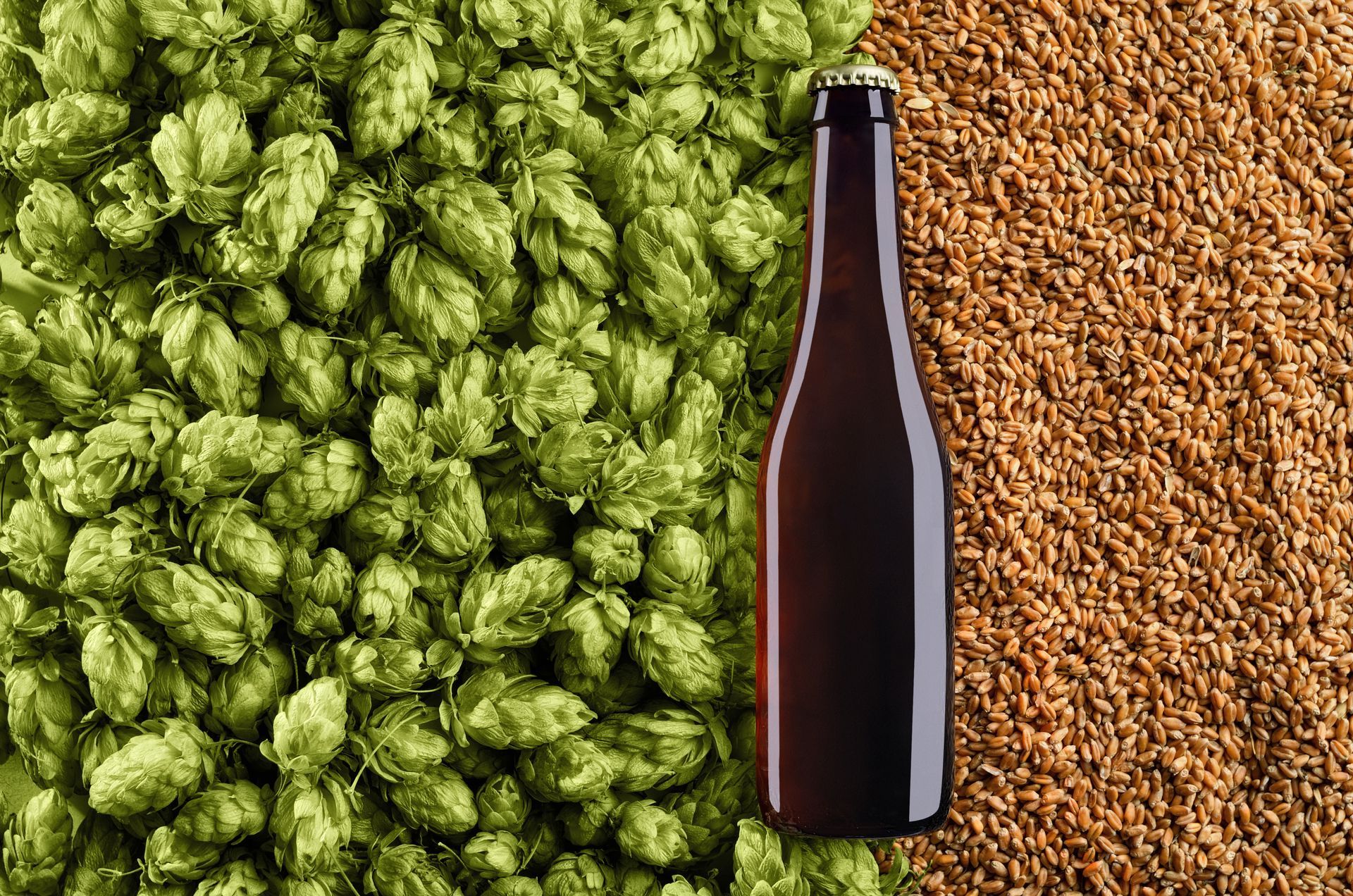
The fall harvest season gives us reason to celebrate in the Pacific Northwest, as farmers gather hops and wheat—key ingredients for beer—to support the booming brewing industry across the U.S. and abroad. At the heart of this success is the irrigation and transportation supplied by the federal locks and dams of the Columbia Snake River System. This vital infrastructure allows the Northwest to sustain its $3.5 billion beer industry, and the country’s $409 billion beer market.
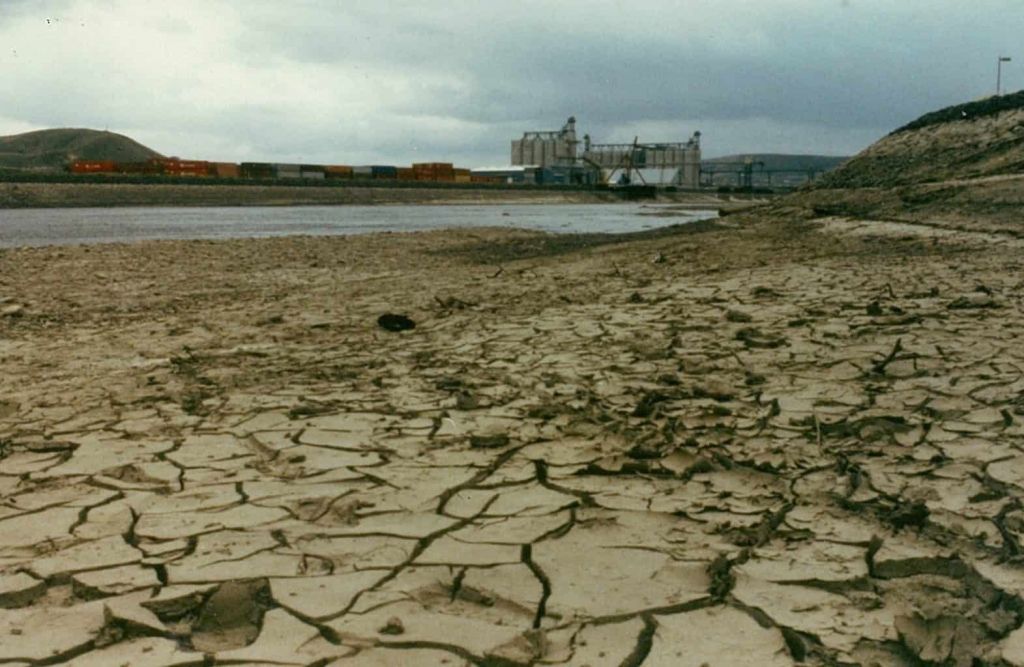
The system of navigation locks and hydroelectric dams on the Columbia and Snake rivers has been the lifeblood of our region for over 80 years. Supporting agriculture, enabling efficient transportation, and providing carbon-free energy, the Columbia-Snake River System is indispensable to millions of people. But what if that infrastructure was no longer there? More than three decades ago, we caught a glimpse of that possibility during a test drawdown of the Snake River.
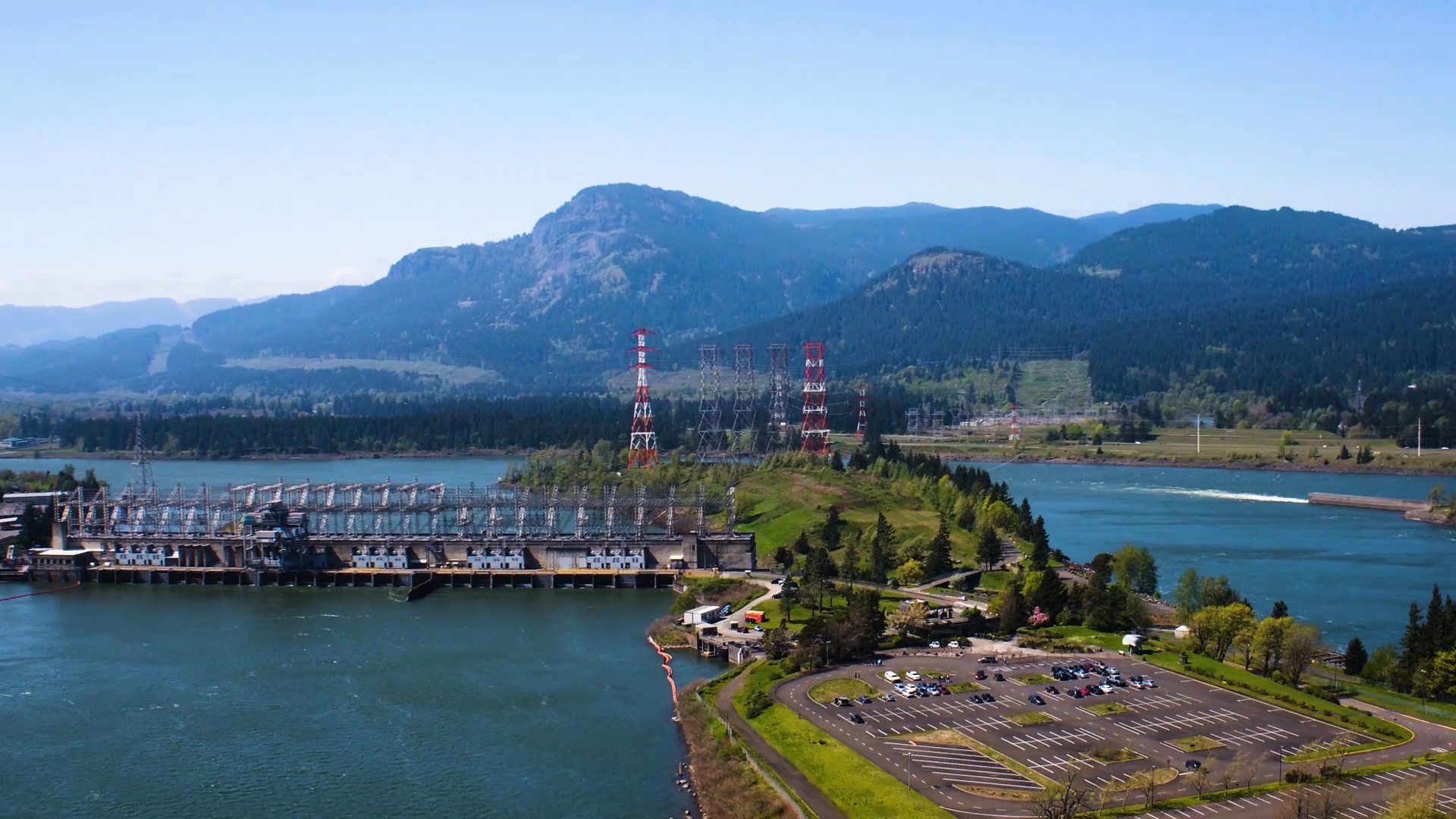
Hydropower has long been the backbone of the Northwest’s energy foundation. Since the first federal locks and dams were constructed along the Columbia and Snake rivers over 85 years ago, hydropower has been the primary energy source for millions across our region. This affordable, clean, reliable energy has offset harmful emissions, fueled economic growth, and is fundamental in our fight against climate change. Recognizing hydroelectric dams as a vital asset, many people advocate for the value of dams, and Northwest RiverPartners (NWRP) is one organization that firmly defends these assets. NWRP is a member-driven organization that serves community-owned electric utilities and other organizations that recognize the value of hydropower in the Northwest. Executive Director Clark Mather sat down to share about hydropower's vital role in Northwest communities.
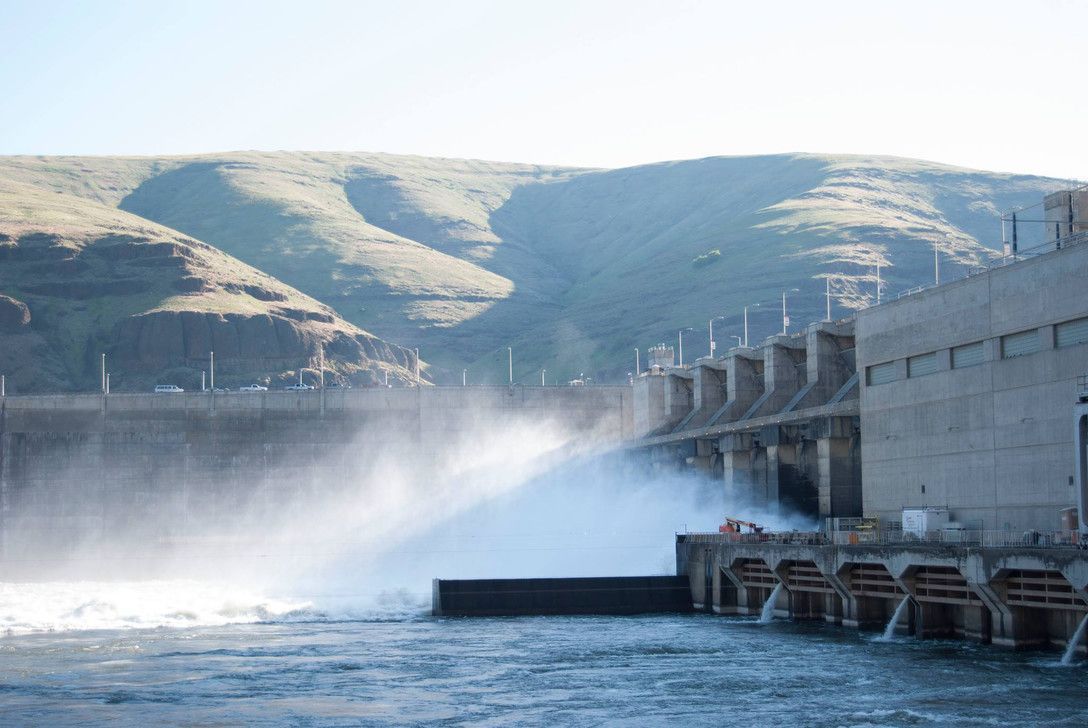
An initiative signed by the Biden administration is exploring a dangerous potential to remove the four lower Snake River Dams, which would simultaneously cripple our region’s economy and our fight against climate change. While the initiative argues dam removal could lead to the recovery of several salmon species, this action would have significant consequences, including serious impacts to irrigation, power supply, and transportation. A recent article in the Capital Press by Matthew Weaver examined these consequences in detail, highlighting the potential environmental and economic impacts of dam removal.
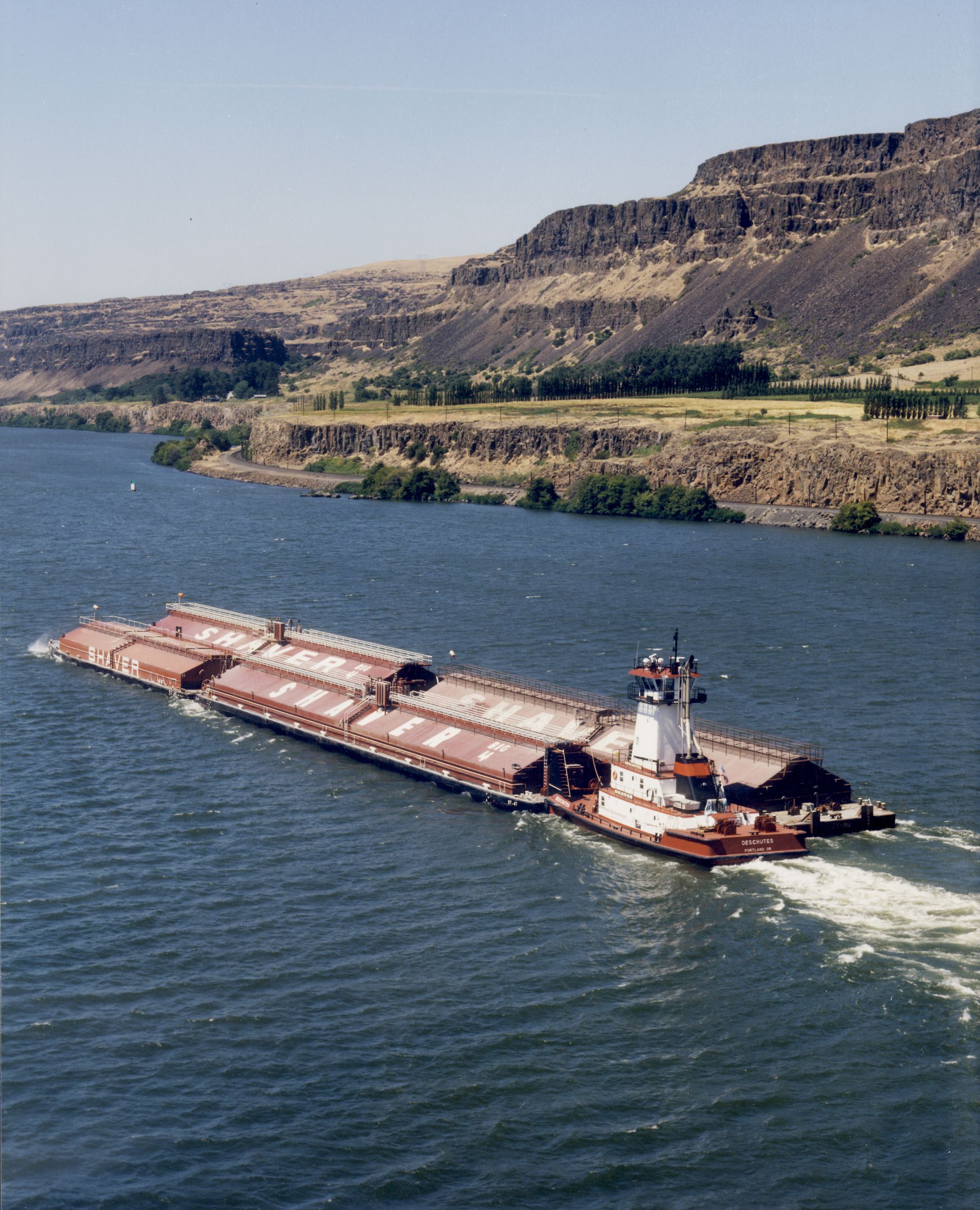
Rob Rich is no stranger to the Columbia Snake River System. Having worked in transportation and commerce on the Columbia and Snake rivers for over four decades, he understands well the importance of the federal system of locks and dams that make navigation possible. Rich currently serves as the Vice President of Marine Services for Shaver Transportation Company, an inland freight transportation company based in Portland, Oregon. With a fleet of 16 tugs and 22 barges, Shaver operates many of the tugboats and barges that transport goods on the Columbia Snake River System. Rich got his start working with water machinery and transportation at Lake Coeur d’Alene in Northern Idaho, where he worked at a marina that was operated by a local tug company. Then in 1979 Rich headed to Portland to begin his career in the tug and barge industry. At that time, the region was experiencing significant expansion in inland freight transportation. “So many types of cargo were starting to move on the system because of the expansion into Idaho thanks to the Snake River Dams,” said Rich.
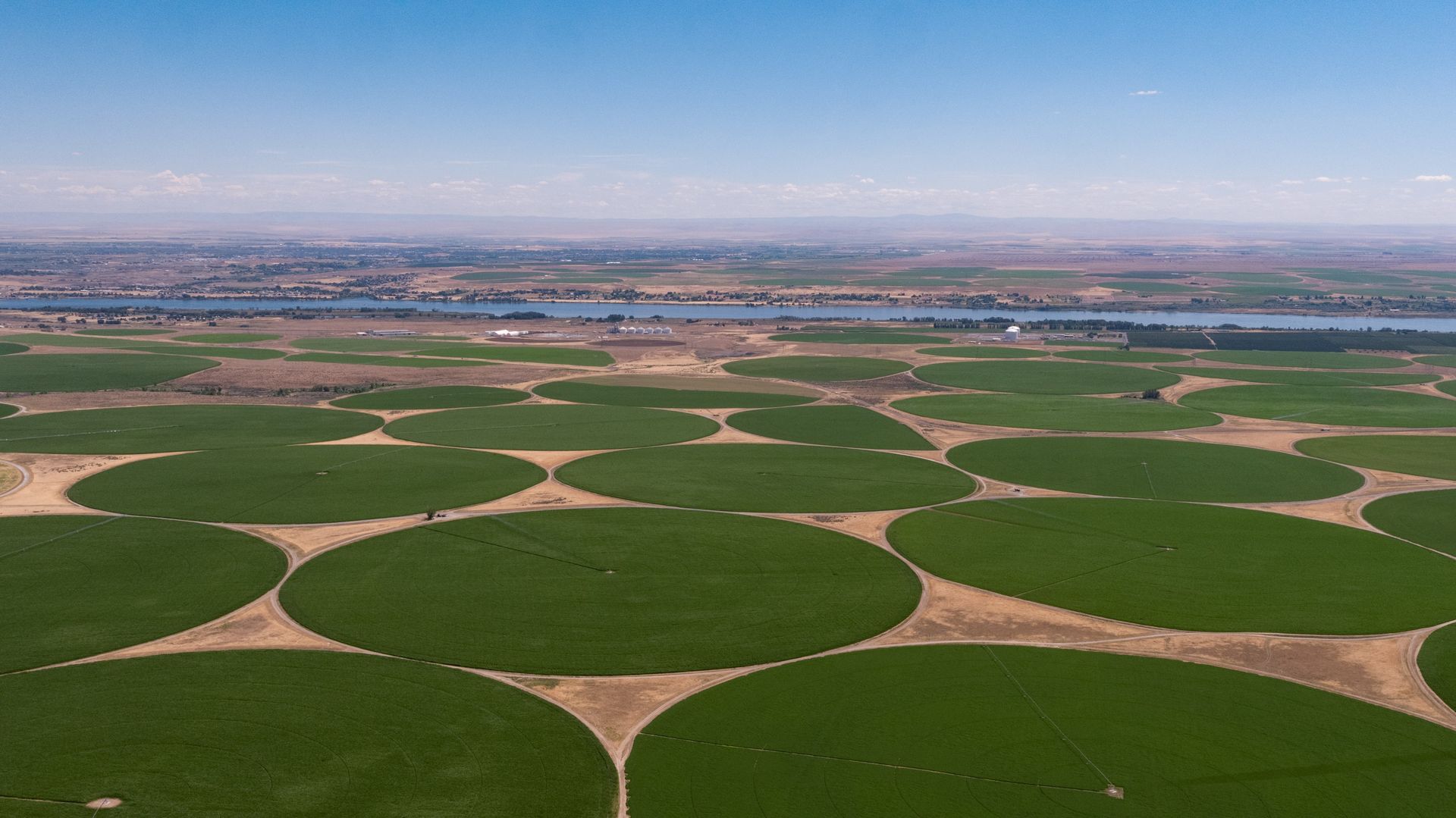
The Columbia Basin boasts some of the nation’s most productive farmland, owed to its fertile soil, favorable climate, and abundant water from the Snake and Columbia rivers. This unique combination makes The Columbia Basin’s irrigated farmland up-to twice as productive as other regions in the country.


